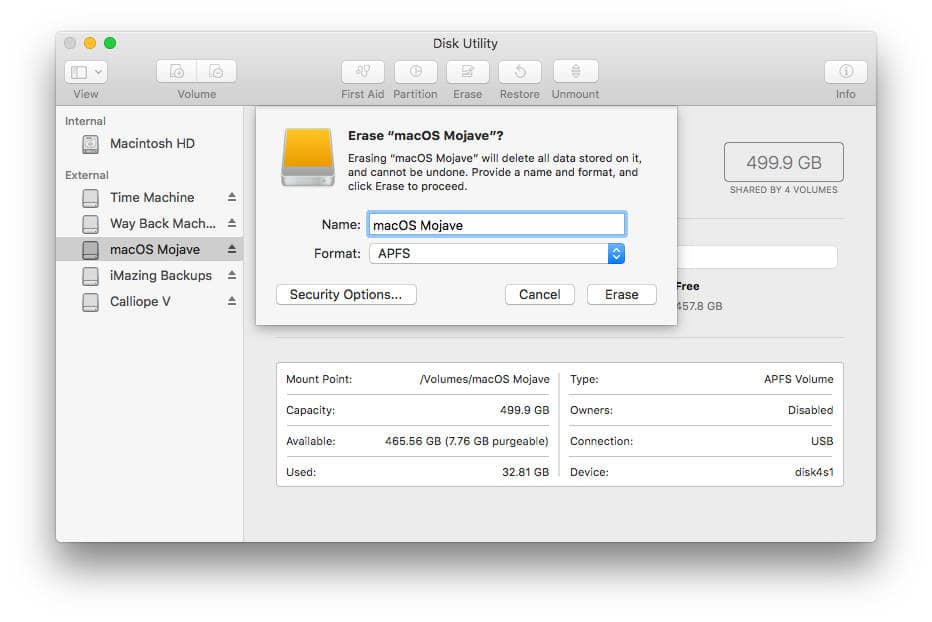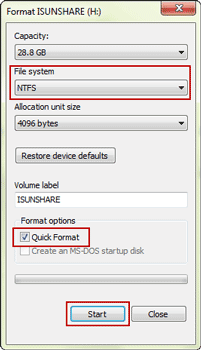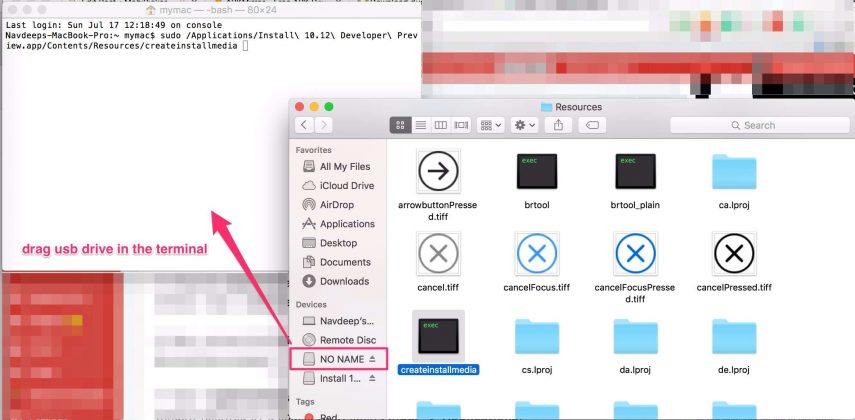


However, the file system is not supported by many older systems. In theory, data capacity of up to 2 TB is possible, but Microsoft has limited the partition size in newer systems to 32 GB in order to promote the modern NFTS format.ĮxFAT is a further development of FAT that in principle offers unattainable storage and data capacity. The maximum data size is limited to 4 GB in the latest version FAT32. It is not supported by many applications.įAT is a file system developed by Microsoft that is also supported by Linux and macOS. Mac OS Extended (Journaled) with the addition that the file system can differentiate between upper and lower case (e.g. HFS+ or Mac OS Extended (case-sensitive and journaled) Windows/Linux devices are only able to read but not write on USB sticks in this format. WARNING: Formatting the drive will erase all data on the drive, so you should copy any data you want off the drive prior to formatting.A file system developed by Apple that is particularly suited to data media with large memory capacity. Check step 2 to confirm Disk Utility is Showing All Devices NOTE: If you don’t see Scheme, then make sure that all devices are showing and the non-indented entry is selected. Select the non-indented entry, you will see Media in the nameĬlick the button labelled Erase in the menu which will bring up this window.Click View in the upper left and select Show All Devices.

To open Disk Utility - Open Finder > Applications > Utilities > Disk Utility Note: If you would prefer a video tutorial of these steps instead, please click the thumbnail below. IMPORTANT: Reformatting the drive will erase all data on the drive, so you should copy any data you want off the drive prior to formatting.

IMPORTANT: This article applies to the following macOS version:


 0 kommentar(er)
0 kommentar(er)
